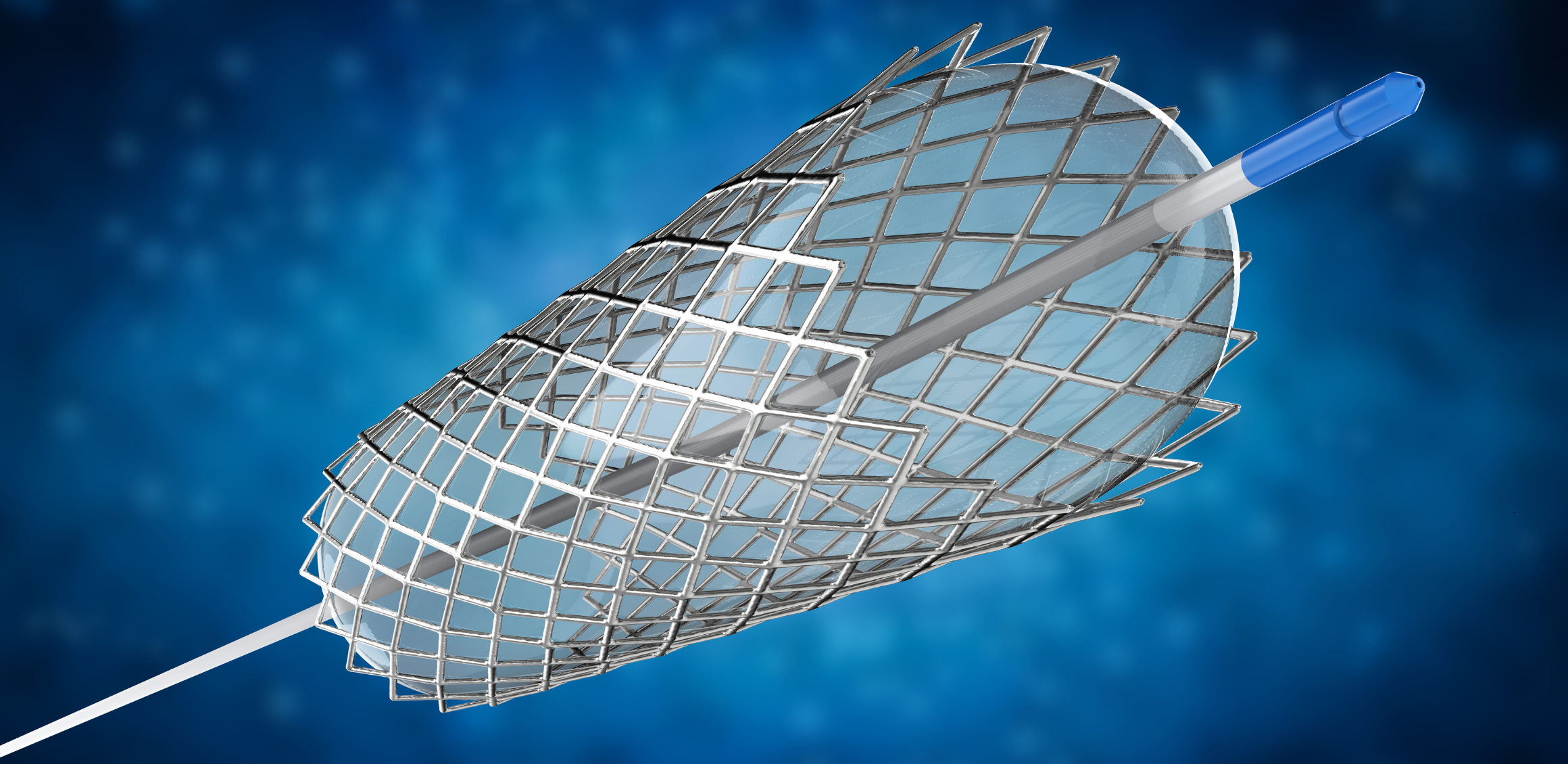- TAVI
- Tri-Klip
- Complex Coronary Interventions
- CTO Treatment (Chronic Total Occlusion)
- Balon Mitral Valvuloplasti
- Pulmonary Balloon Valvuloplasty
- Septal Ablation
- ASD (Atrial Septal Defect)
- Coronary Arteriovenous Fistula Closure
- Paravalvular Leak Closure
- Ablation Methods for Tachycardias
- Supraventricular Tachycardias
- Atrial Fibrillation
- Epikardial Ablation
- Stereotactic Radiosurgery
- Lead Extraction
- Device Implantations
- Pacemaker / ICD
- CRT / CRT-D Implantation
- Wireless Pacemakers
- Renal Denervation
- Non-Surgical Treatment of Aortic Aneurysms and Ballooning
- Cardioneural Modulation

Cardioneural Modulation (Treatment for Some Fainting and Slow Heart Rates by Burning Heart Nerves)
Cardioneural modulation is a treatment method involving electrical or pharmacological stimulation applied to specific points in the nervous system.
Cardioneural Modulation (Treatment for Some Fainting and Slow Heart Rates by Burning Heart Nerves)
Cardioneural modulation is a treatment method involving electrical or pharmacological stimulation applied to specific points in the nervous system. This method is used in the treatment of cardiac arrhythmias and aims to alter the communication between the nervous system and the heart to regulate heart functions.
Function The primary functions of cardioneural modulation include:
- Influencing the Nervous System: Modifying nerve signals through stimulation applied to specific nerve points.
- Regulating Heart Rhythm: Correcting heart rhythm disorders through the impact of nerve stimulation on the heart.
- Improving Heart Functions: Assisting in managing conditions like heart failure by regulating heart functions.
Procedure Cardioneural modulation generally involves the following steps:
- Preparation: The patient is prepared for the procedure, and anesthesia or sedation may be administered if necessary.
- Device Placement: Electrodes or implants are placed at specific nerve points where the nerve stimulation will be conducted.
- Application of Stimulation: Electrical stimulation or pharmacological agents are applied to nerve points to alter the activity of specific nerves.
- Monitoring and Adjustments: The patient is monitored post-procedure, and adjustments to the device are made as needed.
Advantages
- Minimal Invasiveness: Less invasive than traditional surgical interventions, which shortens the patient’s recovery process.
- Targeted Approach: Provides a more specific and effective treatment by targeting specific nerve points.
- Long-lasting Effect: When appropriately applied, it can provide a permanent or long-term effect.
Applications Cardioneural modulation can be used in the treatment of the following conditions:
- Arrhythmias: Especially in cases like atrial fibrillation for the treatment of heart rhythm disorders.
- Heart Failure: To improve heart functions and manage symptoms of heart failure.
- Hypertension: To reduce high blood pressure and mitigate its effects.
Risks and Complications
- Infection: Risk of infection following the device implantation procedure.
- Bleeding: Risk of bleeding during or after surgical procedures.
- Device Issues: Risk of device malfunction due to electrical or mechanical failures.
- Nerve Damage: Risk of side effects or nerve damage due to nerve stimulation or pharmacological stimulation.
Conclusion Cardioneural modulation is becoming increasingly utilized in the treatment of conditions such as heart rhythm disorders and heart failure. When performed correctly, it can regulate heart functions by stimulating or inhibiting specific nerves, thereby enhancing patients’ quality of life. However, as with any medical procedure, the risks and benefits should be carefully considered, and the most suitable treatment option should be determined for each patient.
